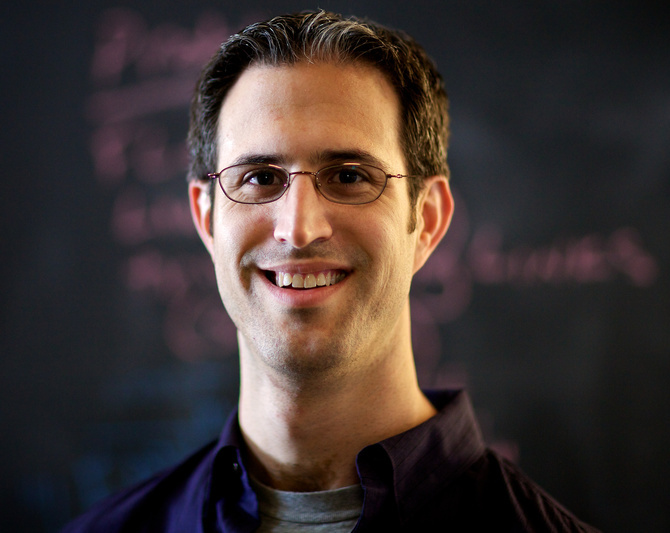
David Minnen
Research Areas
Authored Publications
Sort By
Google
Language Model Beats Diffusion -- Tokenizer is Key to Visual Generation
Nitesh Bharadwaj Gundavarapu
Luca Versari
Kihyuk Sohn
Agrim Gupta
Xiuye Gu
Alex Hauptmann
Boqing Gong
Lu Jiang
ICLR (2024)
VideoPoet: A Large Language Model for Zero-Shot Video Generation
Dan Kondratyuk
Xiuye Gu
Jonathan Huang
Grant Schindler
Rachel Hornung
Vighnesh Birodkar
Jimmy Yan
Ming-Chang Chiu
Hassan Akbari
Yair Alon
Josh Dillon
Agrim Gupta
Meera Hahn
Anja Hauth
David Hendon
Alonso Martinez
Kihyuk Sohn
Xuan Yang
Huisheng Wang
Lu Jiang
ICML (2024)
Neural Video Compression using GANs for Detail Synthesis and Propagation
Johannes Ballé
European Conference on Computer Vision (2022)
VCT: A Video Compression Transformer
Sung Jin Hwang
NeurIPS 2022, NeurIPS 2022
Denoising-based Image Compression for Connectomics
Alex Shapson-Coe
Richard L. Schalek
Johannes Ballé
Jeff W. Lichtman
bioRxiv (2021)
Nonlinear Transform Coding
Johannes Ballé
Philip A. Chou
Saurabh Singh
Sung Jin Hwang
IEEE Trans. on Special Topics in Signal Processing, 15 (2021) (to appear)
Scale-Space Flow for End-to-End Optimized Video Compression
Johannes Ballé
Sung Jin Hwang
2020 IEEE/CVF Conf. on Computer Vision and Pattern Recognition (CVPR)
Towards a Semantic Perceptual Image Metric
Johannes Ballé
Sung Jin Hwang
Sergey Ioffe
Sean O'Malley
Charles Rosenberg
2018 25th IEEE Int. Conf. on Image Processing (ICIP)
